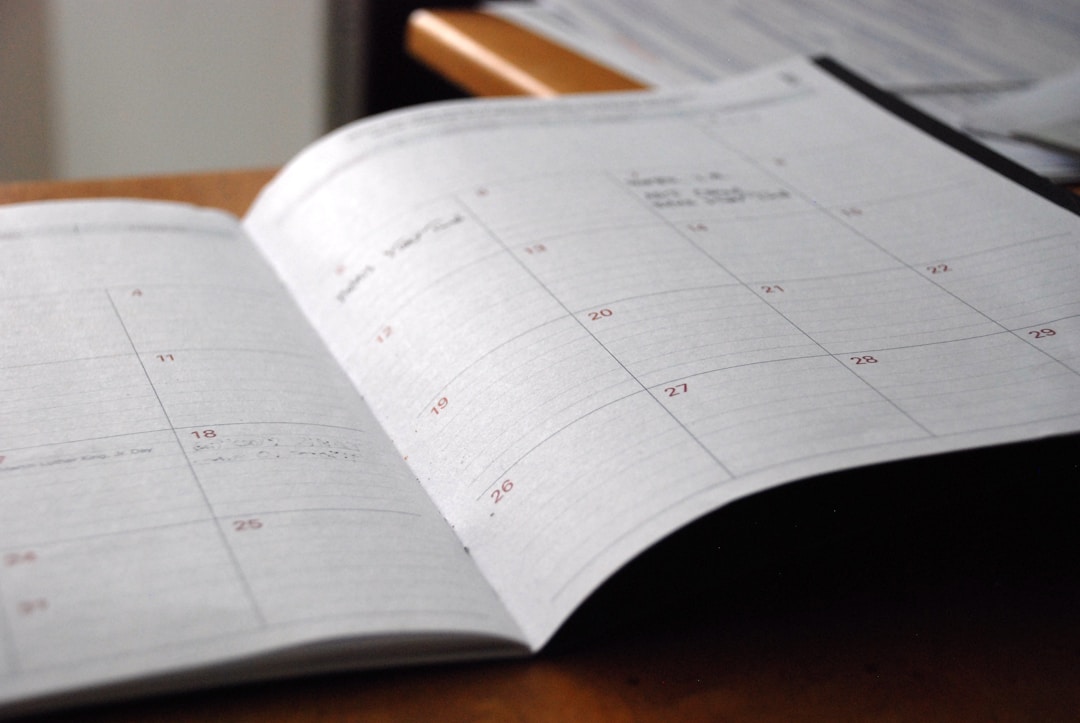Master’s programs can be both rewarding and demanding, leaving little time for personal hobbies that keep us sane and happy. It’s crucial to navigate academic rigor while maintaining a slice of personal life to avoid burnout and stay motivated. Strategies exist to balance the workload with enjoyable pursuits and, with some planning, it’s possible to juggle both. Keep reading to discover how you can manage your time effectively and maintain hobbies during your Master’s program.
Streamlining Studies and Responsibilities for More Personal Time

Streamlining studies is about making the academic workload more efficient, hence creating pockets of time for personal pursuits. This could range from forming study groups that enhance understanding to utilizing online resources that expedite research. Efficiency in studying leads to better retention and less time relearning material.
Another technique is to integrate studies with real-world interests. For example, pursuing a hobby in foam for fly tying might inspire a unique angle for a biology research project. Fly fishing is a relaxing hobby that allows those with many responsibilities to schedule some downtime and spend time in nature. Pairing academic assignments with personal interests can make studying more enjoyable and productive.
Keeping the study space organized is another facet of streamlining. Clutter can lead to a cluttered mind, so maintaining a neat environment is conducive to quicker study sessions. This minimizes distractions and can shorten the time spent on academics, making room for relaxation and hobbies.
Balancing Academic Commitments With Personal Passions
Embarking on an advanced degree like a Master of Science in Health Outcomes and Pharmacoeconomics involves significant time and energy. Juggling coursework, research for the master’s degree, and perhaps teaching responsibilities can quickly consume one’s schedule. However, incorporating personal hobbies isn’t only feasible but necessary for holistic well-being.
Finding the right balance can enhance cognitive skills, such as problem-solving, which are pivotal in rigorous academic environments. It can also lead to better performance due to a clearer mind and reduced stress levels. Integrating hobbies into daily life does not mean compromising academic aspirations, but rather complementing them with well-deserved breaks.
Understanding one’s peak productivity times can play a pivotal role. Allocating intense study hours during these periods can open up space later for personal activities. Further, discussing schedules with academic advisors or professors might shed light on potential flexible timelines for assignments, considering these activities serve as acts of self-care.
Prioritization Strategies for Master’s Students
The key to harmonizing study with hobbies lies in the art of prioritization. It’s essential to discern between urgent academic deadlines and tasks that can be postponed. This discernment allows the integration of hobby time without sacrificing educational obligations. Creating a hierarchy of tasks can be highly beneficial.
One could argue that being a student is the top priority, yet mental health must not be neglected. This is where strategic planning enters the realm of time management. Allocating specific time slots for hobbies serves as a motivational tool, inducing productive study sessions with the knowledge that personal time is approaching.
Tech-savvy students might rely on digital calendars and applications to color-code and map out their responsibilities against their hobby time. This visual representation of time ensures that both academic and personal needs are met. Moreover, it encourages one to stay on task during designated periods.
The Role of Time Management Tools in Pursuing Hobbies
Time management tools are the lynchpins holding academic and personal life together. Digital apps, planners, and even simple to-do lists serve as external memory aids. They help track both the big-picture semester milestones and the everyday tasks, reminding students when it’s time to switch gears from a thesis paper to a tennis racket.
Tools like the Pomodoro Technique break work into intervals with short breaks, which can include brief hobby-related activity. This practice not only aids in preventing burnout but also keeps hobbies within arms’ reach throughout the day. Integrating short hobby breaks can serve as a refreshing palate cleanser between intense study sessions.
Embracing Flexible Hobbies to Fit a Busy Schedule

Not all hobbies demand large chunks of uninterrupted time; some thrive on flexibility. These hobbies are particularly suitable for master’s students whose schedules may shift week to week. Activities such as sketching, reading, or practicing musical instruments can be slipped into shorter breaks and don’t require extensive planning.
Moreover, hobbies that allow progression over time, such as learning a new language or coding, can be pursued in short, regular intervals. These can be particularly rewarding as they offer tangible increments of improvement, mirroring the gradual progression of one’s academic growth.
Overall, managing to keep up with personal hobbies while pursuing a master’s program is about smart time management, flexible hobby choices, and the wise use of tools aimed at optimizing one’s schedule. With dedication to a balanced lifestyle, students can enjoy the fruits of both academic success and personal fulfillment.
Collaborative post.






